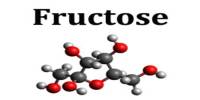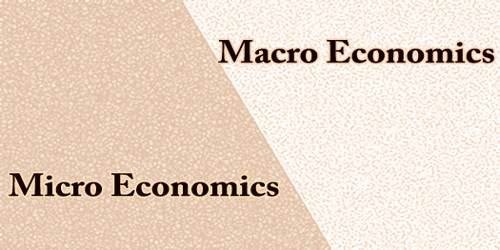In order to create materials that will transform electronics, researchers at the University of Virginia School of Medicine and its associates overcame a virtually impossible challenge using DNA.
The creation of superconductors, which have no electrical resistance and permit unhindered electron passage, is one potential outcome of such tailored materials. This means that, unlike present methods of electrical transmission, they don’t waste energy or produce heat.
The creation of a superconductor that could be widely used at room temperature rather than at extremely high or low temperatures, as is currently possible, could have a number of advantages, including the development of extremely fast computers, the reduction in size of electronic devices, the ability for high-speed trains to float on magnets, and a reduction in energy consumption.
One such superconductor was first suggested by Stanford physicist William A. Little more than 50 years ago. Even after confirming the viability of his theory, scientists have spent decades attempting to make it work, but they still faced an obstacle that seemed insurmountable. Until now.
Edward H. Egelman, PhD, of UVA’s Department of Biochemistry and Molecular Genetics, has been a leader in the field of cryo-electron microscopy (cryo-EM), and he and Leticia Beltran, a graduate student in his lab, used cryo-EM imaging for this seemingly impossible project.
“It demonstrates,” he said, “that the cryo-EM technique has great potential in materials research.”
While we often think of biology using tools and techniques from physics, our work shows that the approaches being developed in biology can actually be applied to problems in physics and engineering. This is what is so exciting about science: not being able to predict where our work will lead.
Edward H. Egelman
Engineering at the Atomic Level
Modifying carbon nanotube lattices, which are hollow cylinders of carbon so small they must be measured in nanometers billionths of a meter, is one potential method of realizing Little’s notion for a superconductor.
Controlling chemical reactions along the nanotubes, however, presented a significant obstacle to the accurate assembly and proper operation of the lattice.
Egelman and his associates discovered the solution in the basic components of life. They employed DNA, the genetic material that instructs living cells how to function, to direct a chemical process that would get around Little’s superconductor’s major obstacle.
In other words, they built structures using chemistry that were incredibly exact down to the level of individual molecules. The end product was a carbon nanotube lattice that was constructed specifically for Little’s room-temperature superconductor.
“This work demonstrates that ordered carbon nanotube modification can be achieved by taking advantage of DNA-sequence control over the spacing between adjacent reaction sites,” Egelman said.
The researchers believe that although the lattice they constructed has not yet been tested for superconductivity, it provides proof of concept and has enormous promise for the future.
“While cryo-EM has emerged as the main technique in biology for determining the atomic structures of protein assemblies, it has had much less impact thus far in materials science,” said Egelman, whose prior work led to his induction in the National Academy of Sciences, one of the highest honors a scientist can receive.
According to Egelman and his coworkers, a wide range of beneficial research applications, particularly in physics, could result from their DNA-guided approach to lattice creation. But it also supports the viability of producing Little’s superconductor at room temperature.
The researchers’ study, along with other superconductor discoveries in recent years, may ultimately change technology as we currently know it and usher in a much more “Star Trek” future.
“While we often think of biology using tools and techniques from physics, our work shows that the approaches being developed in biology can actually be applied to problems in physics and engineering,” Egelman said. “This is what is so exciting about science: not being able to predict where our work will lead.”
The National Institute of Standards and Technology of the Department of Commerce, grant GM122510 from the National Institutes of Health, and an NRC postdoctoral fellowship all provided funding for the project.
















